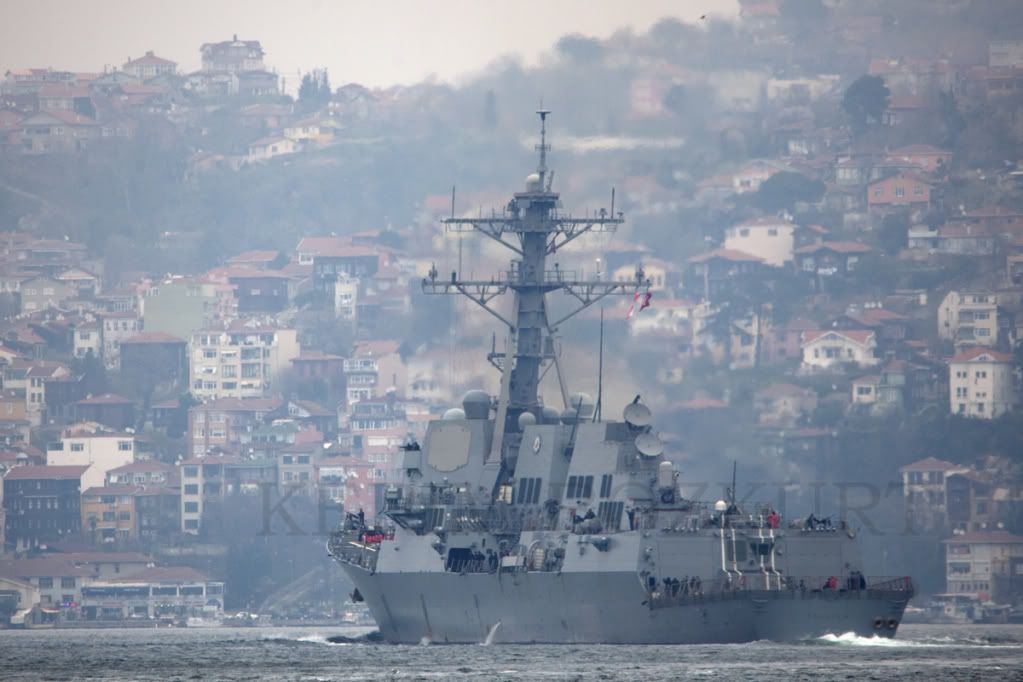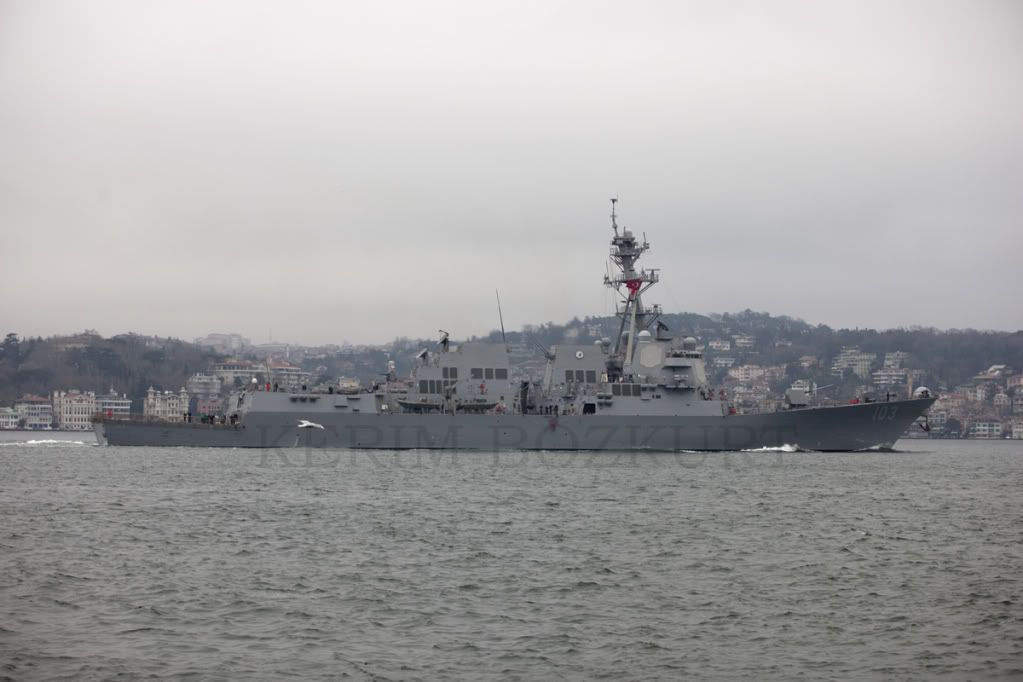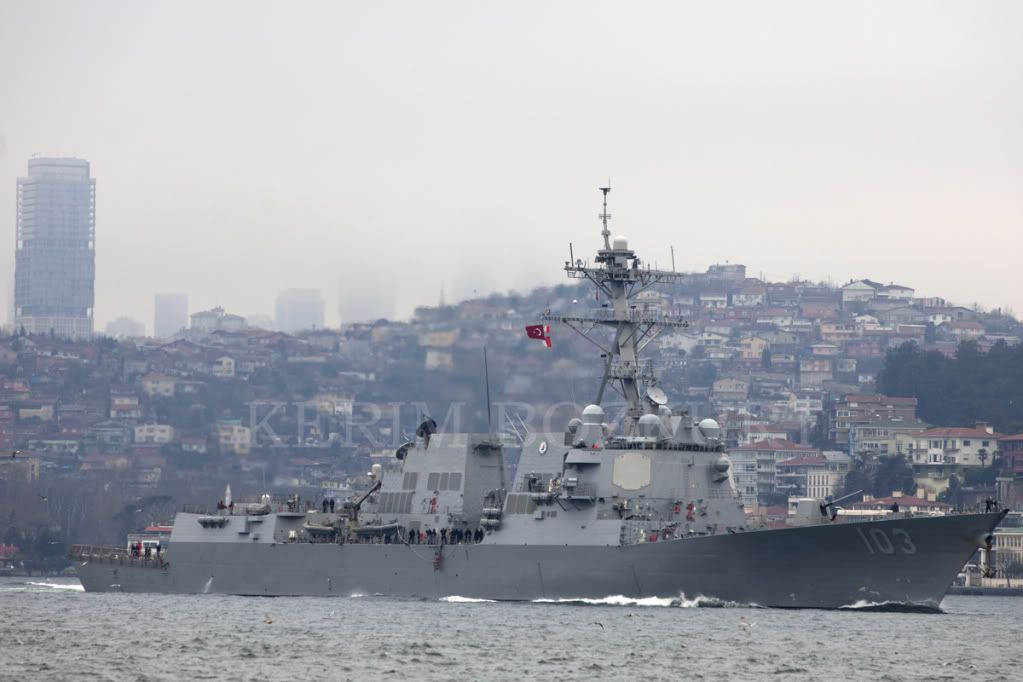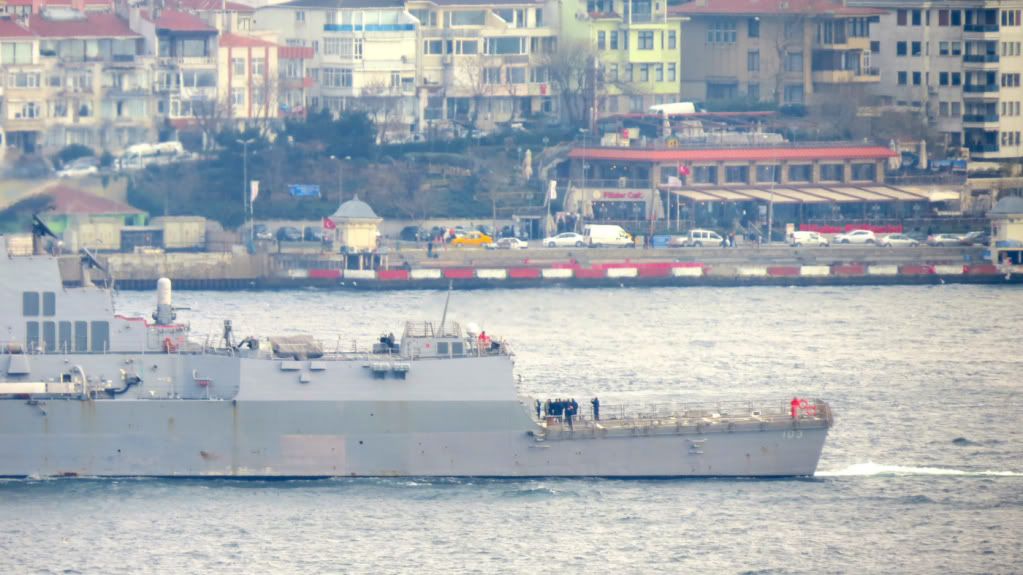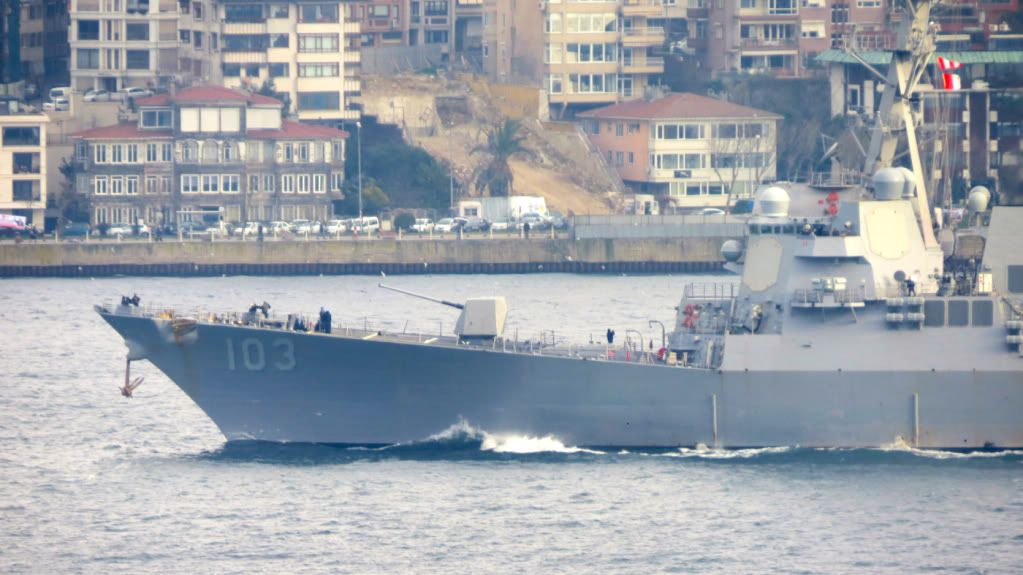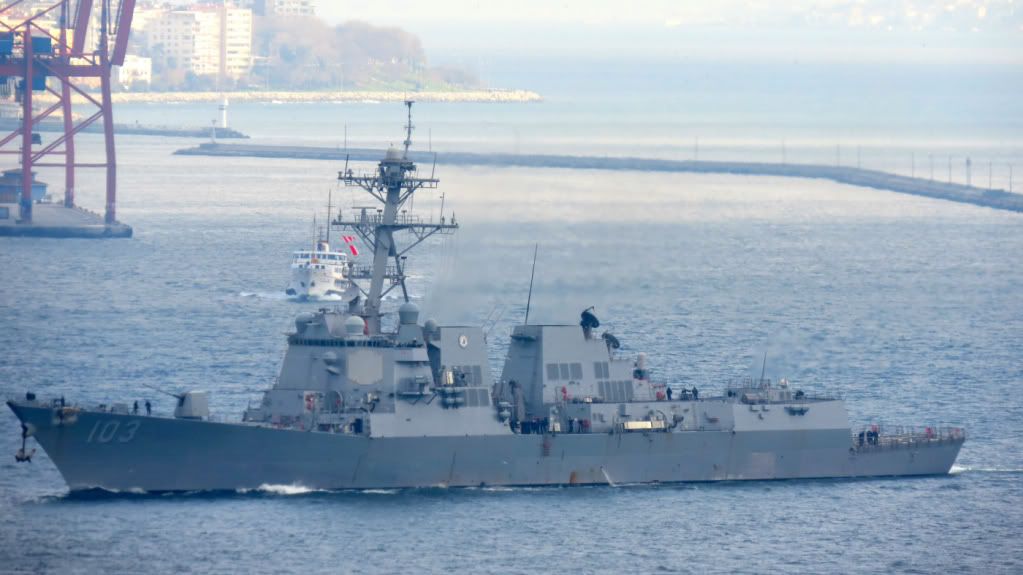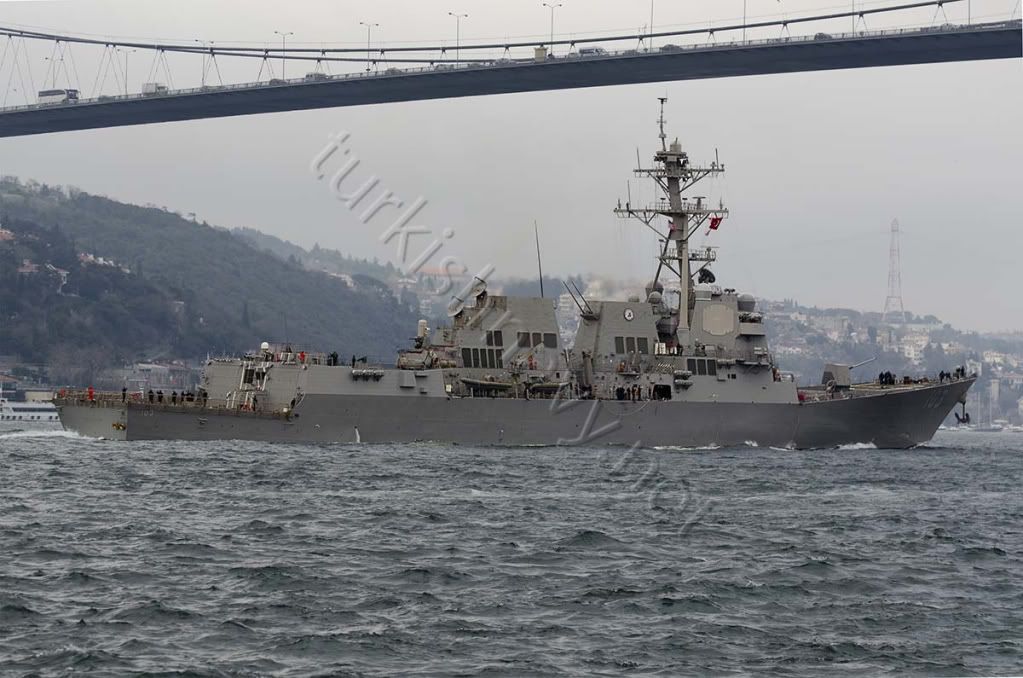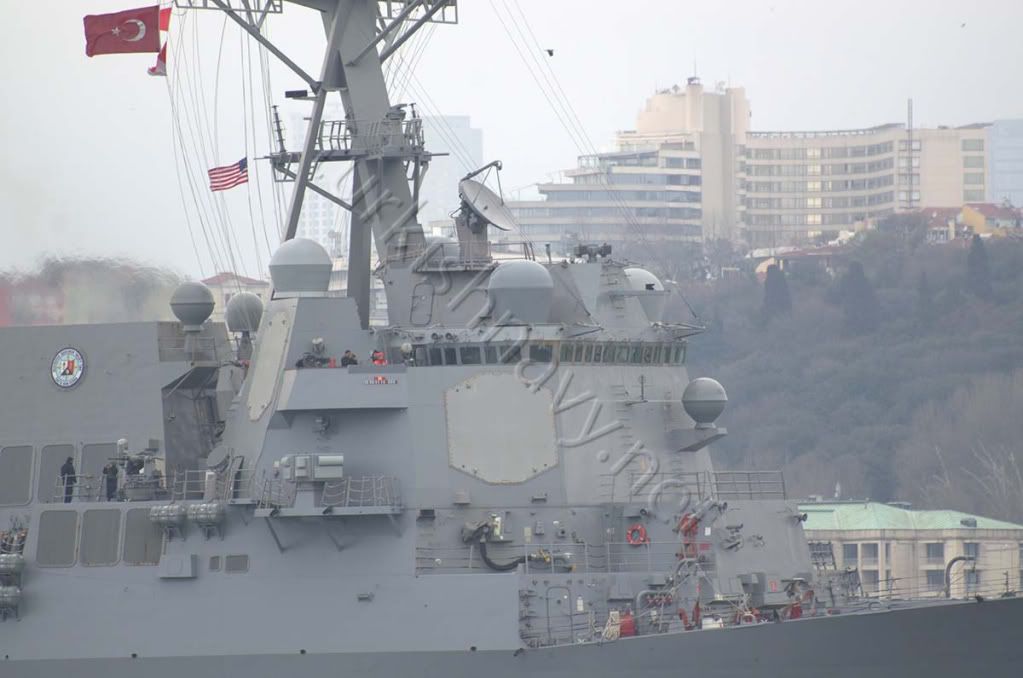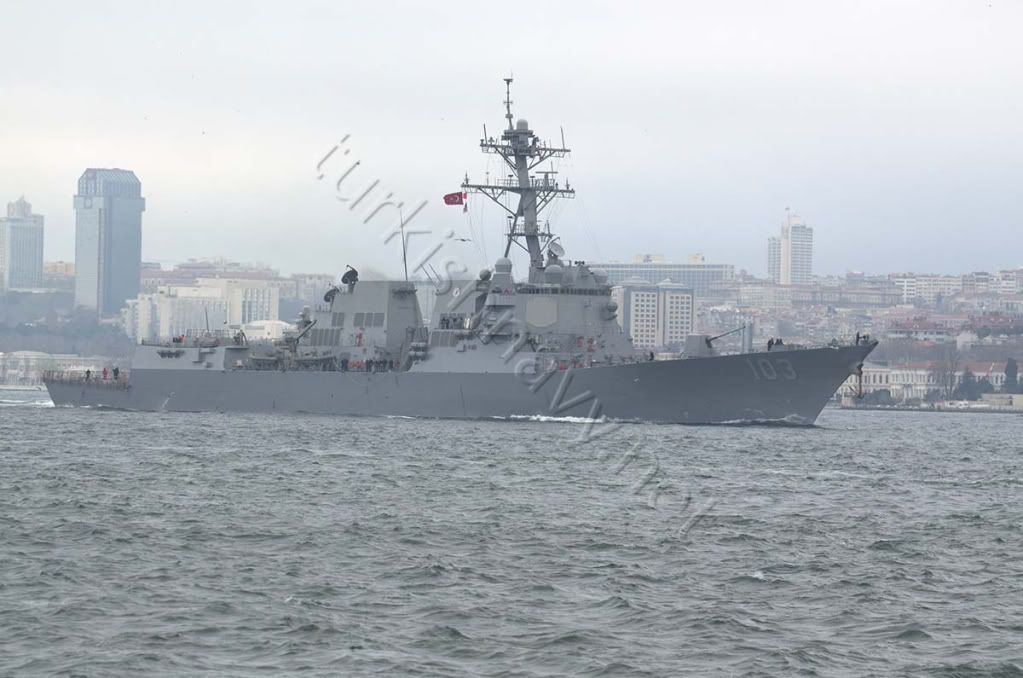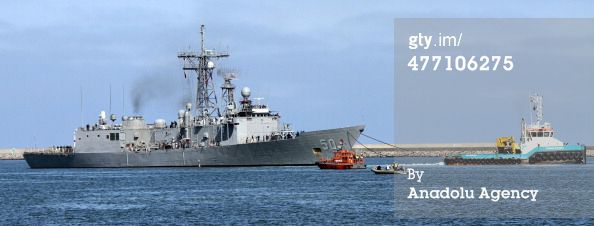TerraN_EmpirE
Tyrant King
USAF to issue contract to Sikorsky for rescue helicopter
By: JON HEMMERDINGERWASHINGTON DC00:29 05 Mar 2014
The US Air Force's combat rescue helicopter programme is moving forward.
The service announces on 4 March that it intends to issue a contract by the end of June to Sikorsky for the 14-year, $7 billion programme, which calls for up to 112 aircraft.
Sikorsky, in partnership with Lockheed Martin, was the only company to bid on the project with its proposed CRH-60, a modified version of its UH-60M Black Hawk.
The USAF says it will move $430 million from other programmes to the CRH programme though fiscal year 2019 due to "the criticality" of the combat rescue mission.
The project also received an injection of more than $300 million in the fiscal year 2014 budget.
The service warns, however, that the programme may need to be "reevaluated" should additional defense budget cuts take effect in fiscal year 2016.
"The competitive price and the funding provided by Congress will allow us to award the CRH contract, but we could still face significant challenges to keeping this effort on track," says USAF secretary Deborah Lee James in a statement. "We will need to work with Congress throughout 2015 budget deliberations."
The CRH is intended to replace the USAF's aging HH-60G Pave Hawk rescue helicopters, which are also a Sikorsky product.
"Sikorsky and our teammate Lockheed Martin thank the USAF for enabling us to build a modern and affordable combat rescue helicopter that will replace the service’s rapidly aging HH-60G Pave Hawk fleet," says Sikorsky in a statement. "We look forward to working with the USAF to deliver CRH-60 aircraft in the prescribed timeframe."
Pentagon Fiscal 2015 Budget Includes Small Topline Cut
By Michael Fabey [email protected]
Source: AWIN First
March 04, 2014
Credit: David B Gleason
The Pentagon’s fiscal 2015 base budget proposal unveiled Tuesday requests $495.5 billion, compared with the fiscal 2014 enacted budget of $496 billion.
The Pentagon’s proposed outyear base budget top lines by fiscal year are as follows: $535.1 billion for fiscal 2016 or a decrease of 16.2% from President Obama’s fiscal 2014 proposal; $543.7 billion for fiscal 2017 or a drop of 16.2% from the fiscal 2014 proposal; $551.4 billion for fiscal 2018, a drop of 17.2% from the previous plan; and $559 billion in fiscal 2019, or a drop of 18.1% from fiscal 2014’s proposal.
For fiscal 2015, the Pentagon’s budget proposal includes a separate, fully funded “opportunity, growth and security (OGS) initiative” of about $26.4 billion. The Obama administration is proposing a similar OGS amount for non-defense needs as well.
Some of the items funded by the Pentagon’s OGS plan include: $1.1 billion for the Navy to buy eight P-8A Poseidon aircraft; $600 million for the Army to buy 26 AH-64 Apache helicopters; $500 million for the Army to buy 28 UH-60 Black Hawks; $100 million for the Army to buy two CH-47 Chinooks; $1.1 billion for the Air Force to buy 10 C-130Js; $300 million for the Air Force to buy two F-35s; and $200 million for the Air Force to buy 12 MQ-9 Reaper UAV.
The Pentagon says the budget seeks to restore readiness levels affected by sequestration cuts in fiscal 2014 and continues initiatives started in the fiscal 2014 budget to transition from a force focused largely on current operations to one capable of meeting a broader mission portfolio.
“The Department has learned from prior drawdowns that it is impossible to generate all the needed savings just through efficiencies,” the Pentagon says in its accompanying budget materials. “The Department prioritizes by focusing on key missions relevant to the future security environment.”
Subscribers to the Aviation Week Intelligence Network (AWIN) should keep visiting AWIN’s 2015 budget page for news, data and analysis of programs and priorities throughout the business day and as the proposal makes its way through Congress. The page can be found at .
Finally T-X T38C is Really Clocking the Hours and way behind SchedualPentagon proposes buying fewer fighters, unmanned aircraft in FY2015 budget
By: JON HEMMERDINGERWASHINGTON DC21 hours ago
The US Department of Defense unveiled a budget proposal on 4 March that would slash billions of dollars in aviation spending and make sweeping cuts to procurement of new fighter jets and unmanned aircraft.
The $495.6 billion proposal, which still must be approved by Congress, also would delay entry-into-service of Sikorsky's CH-53K heavy-lift helicopter by one year and reduce the US Air Force's fleet of Boeing F-15C fighters by 51 aircraft.
That is in addition to retiring entire fleets of ageing aircraft, such as Lockheed's U-2, Bell Helicopter OH-58D Kiowa Warriors and Fairchild Republic A-10 close air support aircraft.
The US Department of Defense's FY15 budget request calls for cuts to fighter and unmammned aircraft procurement.
Type
Fighters FY14-FY15-FY16-FY17-FY18
F-35 ------35 -- 31 -- 29 -- 29 -- 34
F/A-18E/F 31 -- 28 -- 37 --- 0 --- 0
EA-18G 12 -- 12 -- 12 -- 21 --- 0
Subtotals 78 71 78 50 34
Rotorcraft
V-22 ------36 -- 35 -- 22 -- 22 -- 19
AH-64 ----16 -- 27 -- 32 -- 42 -- 25 (Remanufacture)
AH-64 ---- 0 --- 0 --- 12 --- 4 --- 0 New BUilds)
CH-47F -- 49 -- 45 -- 44 -- 38 -- 32
UH-72A -- 50 -- 39 -- 35 -- 20 -- 55
H-60 ---- 157 - 135 - 137 - 107 - 116
H-1 ------ 31 -- 25 -- 30 -- 21 -- 26 (Upgrades)
Subtotals -- 339 - 306 - 312 - 254 - 273
Manned ISR
E-2D ------ -5 --- 5 ---- 5 --- 5 --- 4
P-8A ------- 7 --- 11 -- 13 -- 16 --- 8
Subtotals - 12 -- 16 -- 18 -- 21 -- 12
Unmanned ISR
MQ-1C --- 39 -- 43 15 15 19
MQ-9 ----- 48 -- 48 -- 36 20 12
RQ-4 ------ 4 ---- 3 --- 0 --- 0 --- 0
MQ-8 ----- 3 --- 10 --- 5 --- 2 --- 0
Subtotals- 94 - 104 -- 56 -- 37 -- 31
Airlift
C-17 --------- 0 --- 1 --- 0 --- 0 --- 0
C-130J ----- 17 -- 10 -- 10 -- 17 -- 14
KC-46 ------- 0 --- 0 --- 0 --- 0 --- 7
C-27 -------- 8 --- 9 --- 0 --- 0 --- 0
C-40 -------- 1 --- 0 --- 1 --- 0 --- 0
C-37A --- 2 --- 3 --- 0 --- 0 --- 0
Subtotals - 38 -- 23 -- 11 -- 16 -- 21
Trainers
T-6B ------- 0 -- 36 -- 33 -- 29 -- 0
Officials at the Pentagon say budget cuts required by the 2011 Budget Control Act leave them no choice but to slash funding to major programmes.
The cuts are in addition to a broader strategy to modernize the US military, making it better prepared to counter high-tech threats from emerging adversaries in places like the Asia-Pacific and Middle East regions, say officials.
Although deeper budget cuts known as the sequester are scheduled to take hold in fiscal year 2016, the Pentagon's proposed budget calls for spending above sequester levels.
"We believe if we return to sequester-level cuts in [fiscal year] 2016, we will be facing significantly higher level of risk," says the Department of Defense.
The proposal calls for the Pentagon to spend $40 billion on aircraft and related systems in fiscal year 2015, down roughly 6% from last year.
Notably, the proposal includes funding for only 34 fighter aircraft, down from 50 in fiscal year 2014 and nearly 80 in fiscal year 2013.
The reduction comes from a lack of funding for additional orders of Boeing F/A-18E/F Super Hornets or E/A-18G Growler electronic attack aircraft.
Boeing has been hoping to secure additional orders it needs to keep the Super Hornet production line in St. Louis active beyond the beginning of 2016, when all current orders will be fulfilled.
The Pentagon also proposes to cut procurement of Boeing's new Poseidon P-8A anti-submarine aircraft to eight aircraft from 16 in the 2014 budget.
That move follows a 2013 programme report noting initial examples of the P-8A have limited capability because they lack broad-area search systems found on the navy's ageing fleet of upgraded Lockheed P-3C Orions.
The budget would also trim procurement of unmanned reconnaissance aircraft to 31 in fiscal year 2015 from 37 this fiscal year. That's due largely to a reduction in procurement of General Atomics MQ-9 Reapers to 12 from 20 this year.
Despite the cuts, the proposal calls for funding for 273 rotorcraft in fiscal year 2015, up from 254 in the prior period. That includes funding for 116 Sikorsky H-60 helicopters, up from 107 last year, and 55 Airbus Helicopters UH-72A Lakotas.
The budget also includes funding for new projects, including $600 million over five years for the US Air Force's T-X fighter trainer programme, which the service says will likely begin in fiscal year 2017.
The T-X is being developed to replace the service's fleet of Northrop T-38C Talon trainers.
The proposal also includes $2.4 billion over five years to recapitalise the USAF's joint surveillance target attack radar system (JSTARS) aircraft, and $337 million in fiscal year 2015 for the joint air-to-surface standoff missile (JASSM).
The Pentagon's budget will likely face scrutiny as it moves to Congress as part of President Obama's budget proposal, say analysts.
"A lot of these proposals are going to generate a lot of controversy on the Hill," says Todd Harrison from the Center for Strategic and Budgetary Assessments. "Congress is already pushing back on a number of things DOD is proposing."
Last edited by a moderator:

